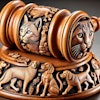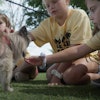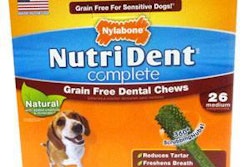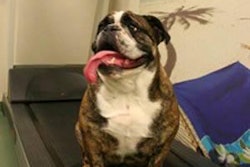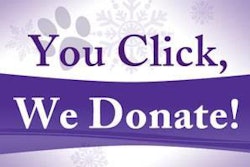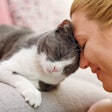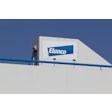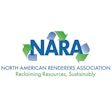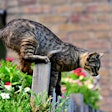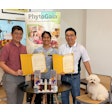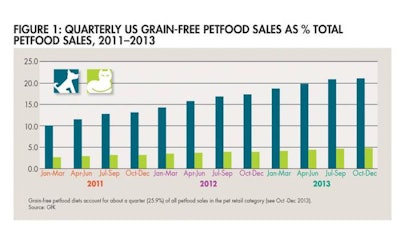
Among the trends currently driving the US petfood industry, grain-free petfood is one of the most significant. Sales of grain-free petfood at US pet stores increased 32% in 2013, according to data from GfK, a consumer insights company that tracks sales in more than 11,000 pet outlets (including national and regional chains, as well as neighborhood pet shops) via its Retail and Technology division.
Grain-free is itself part of a broader trend: consumer desire for more natural petfood options on their store shelves. "Within petfood, we've seen natural just take off," said Maria Lange, senior product manager for GfK Retail and Technology. "Natural petfood accounts for 63% of all food sales in pet retail, and our research shows that this natural trend will continue to move forward quickly."
Proponents of grain-free and high protein diets say the formulas are more natural for dogs and cats, giving them more energy and healthier coats and cutting back on allergic reactions. And this increasing focus on pet health is part of a still-larger trend: the humanization of pets.
Pet humanization is a hot topic in the petfood industry right now, and is characterized by exactly what it sounds like-pet owners increasingly taking the well-being of their furry companions every bit as seriously as that of any other member of their family. "Consumers are clearly comfortable splurging on pets because they see them as valued family members, not just everyday animals," said Lange.
For example, "when the holidays come around, there are pet products specifically for those occasions," said Lange. "Christmas, Thanksgiving-there are products formulated just to meet those holiday needs." Other trends, such as microwavable petfood, premium health formulas and breed specific petfood, are also offshoots of humanization.
Overall, grain-free products in the US resulted in US$1.8 billion in sales at pet outlets in 2013 (see Table 1), up from US$1.36 billion in 2012 and US$941.8 million in 2011, and currently account for about one-third of all new pet items introduced each month. In the last quarter of 2013, the number of grain-free pet products grew 33% from the same time in 2012, to 3,748 products on shelves today-2,503 for dogs, versus 1,245 for cats (see Table 2). In 2011, those numbers were at 1,376 products for dogs and just 673 products for cats.
Dog items also account for the vast majority of grain-free sales, according to GfK: US$1.47 billion in 2013, compared to US$332.5 million for cat products. And consumers pay roughly 45% more for grain-free products.
Those numbers are significant, but will the growth trends of the last three years carry on into the near future? "Looking at the growth rates for grain-free over the last three years, besides dog and cat treats, growth is starting to slow," said Lange. "They're still in the high double digits, 28%, 30% growth year over year, and treats are in the 50% range. In 2013, grain-free accounted for about 26% of all petfood sales (see Figure 1). I wouldn't be surprised if that number went up to 40%, but I don't think it will hit the 63% range that natural foods account for at this point."
Again, the desire of pet owners to do what's best for their pets, along with multiple opinions on what, exactly, that entails, plays a role in what the future looks like for grain-free petfood. "A lot of experts believe that grains are actually a very good source of carbohydrates and fibers, and that dogs and cats should have a balanced diet containing grains, proteins and starch," said Lange. "But others say that dogs and cats are carnivores, so grains shouldn't be the majority of their diet. These competing viewpoints will likely keep grain-free from dominating the market in the way that natural products are."
Looking towards the future, the grain-free petfood trend is far from on its last legs. It will continue to grow in the US, and is slowly expanding to other regions of the world, particularly in Europe. And while grain-free isn't expected to be the originator of wherever petfood will go next, its parent trends (natural petfood, pet humanization, and the mainstreaming of premium foods) are. "Looking at our data, we're definitely going to keep an eye on anything that's freeze-dried and dehydrated diets" said Lange. "Freeze-dried petfood is the new premium for the petfood market," she said. "I think grain-free is part of a 'back to nature trend', whereas freeze-dried is more a premium trend. In either case, it is really about giving your pet the best food possible."

